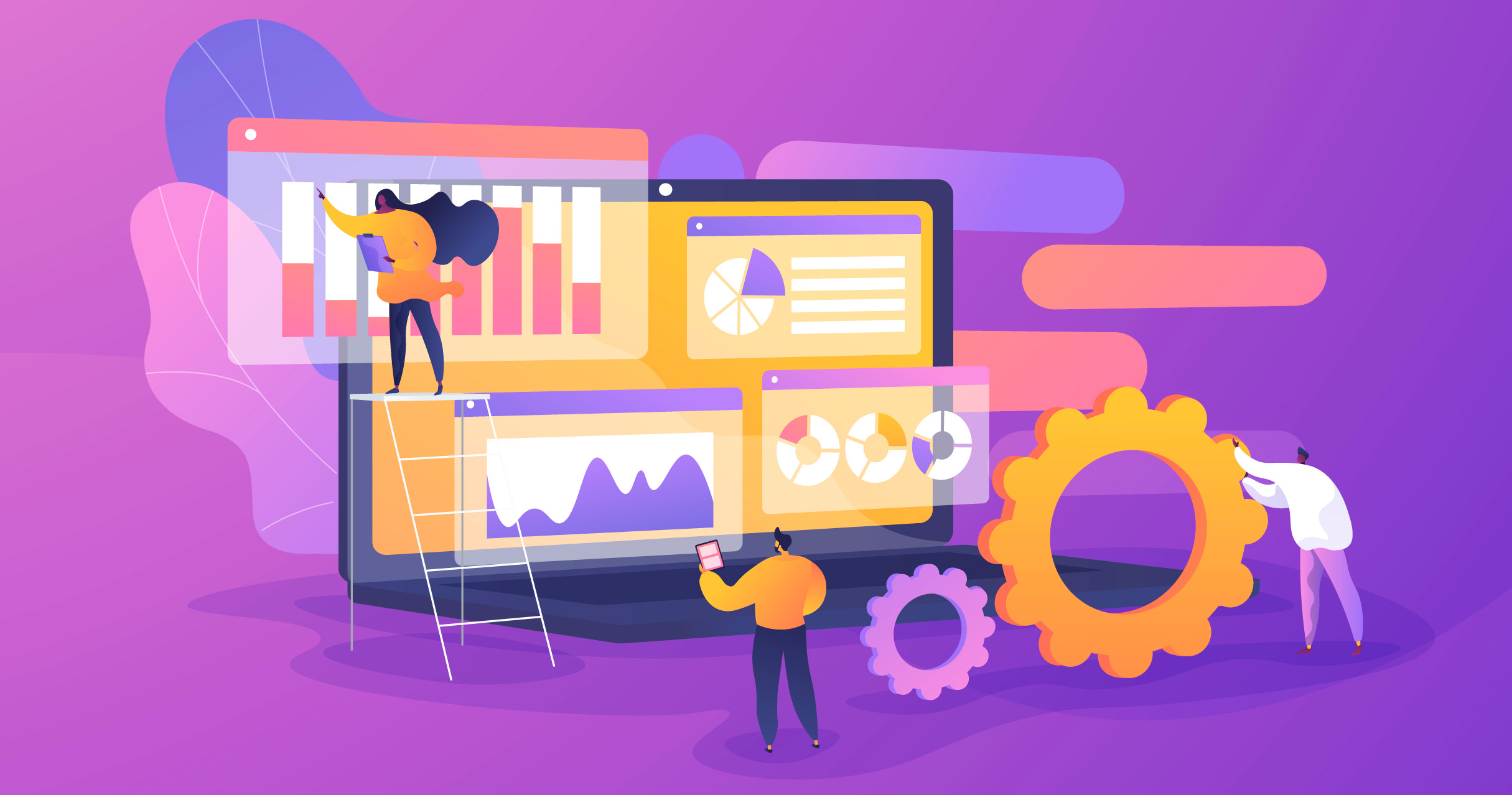It’s your first site and you’re excited to start, but don’t be in too much of a hurry. If you want the blog to look great and professional, then you need to follow these steps to create your first blog. This is the beginning of your blogging journey and your new success.
Your First Site Starts With a Name

Every blog has a name and subject matter they focus on. You’ll want to create a name that is both catchy and reflects your style. There are blogs on every subject including travel and you can document your journeys through the blog.
You can create a blog based around your professional business such as a travel agency or a hobby. Your imagination is the limit when it comes to subject matter, but it all starts with a name.
Why is the name so important? It’s what people will remember about your blog and when it’s time to create your blog domain, you can have the name in it, which helps with search engine optimization.
Once you have the name, it’s time to purchase your URL.
Choosing a URL and Hosting

There are several sites where you can buy a domain. Given the large number of websites, it’s possible your first choice won’t be available, so have a few backup names just in case. If you’re not ready to spend money on a blog, then you can get a free one through sites like WordPress.com, where you choose your blog name.
It becomes a subdomain of the main website, so the URL would look like yourdomain.wordpress.com. This is an inexpensive alternative since you don’t have to pay for the URL or hosting, but it also limits your ability for analytics and customization.

If you purchase your domain, then you also need a hosting provider. Think of it as the real estate where your blog sits. It’s where all your information for your site is saved and what is used to create and show the blog when people visit it.
Types of Hosting
There are three main types of hosting:
- Shared
- Dedicated
- Virtual private network (VPN)
Shared hosting is where you share a server with many other websites. The benefit is this is the easiest and least expensive option, but the downside is you share the resources with several other websites.
If one of those websites has a sudden jump in traffic, then it can pull resources you need and cause your site to become slow or even crash. Shared hosting is where many blogs start because they don’t have a large amount of traffic initially. When your blog grows, you can switch to a dedicated or VPN.
A dedicated server means you have a server all to yourself and you don’t have to worry about other websites stealing your resources. This provides you the ultimate in customization and helps guarantee your blog can handle traffic jumps. It’s the most expensive of the three options.
The middle ground is a virtual private network. With it, you have a shared server, but resources are allocated specifically for your site. The server is shared with several sites, but they can’t steal resources.
Research Your Blog Platform

If your hosting is the lot your blog resides on, then the blog platform is the house. There are many platforms available from WordPress to Wix and they each have their pros and cons. WordPress is the platform specifically designed for blogs and there are both free and paid options for website creation.
If you want a standard template, then you can find a wide variety for free. If you want to have customization or have a web developer work on the site, then you’ll need to pay for a customizable template that gives you total freedom.
Your platform is the most important decision you make for your blog. Some platforms have a simple user interface where you can drop and drag items and others are more complicated but give you more freedom.
If you want a standard template that gives you limited customization, then you can create it for free on several platforms. If you have a more complex website or intend to sell merchandise from your site, then you’ll need something more robust. The cost of a fully customized website with e-commerce can cost several thousand dollars if you have a web developer work on it.
When you’re creating your site, it’s important to install Google Analytics and Google Search Console. These are two important and free tools from Google that help you analyze everything from traffic to search terms people use to get to your site.
Choose Responsive Design

While many platforms have this as standard, it’s important to have a responsive design for your blog. Mobile search far outpaces desktop searches and phones have several different screen sizes.
Responsive design shrinks and manipulates your website, so it looks good on whatever screen is used from cell phone to tablet. Google made mobile a priority and mobile-friendliness is a ranking factor.
Everything from page load speed to user experience is important for mobile devices. Google recently switched to mobile-first indexing, which bases your ranking on your mobile site.
Don’t Be Afraid to Make Changes
Web design is an art and can change from year to year. Don’t get stuck on one template for your site and don’t be afraid to freshen up the look every few years. The last thing you want is for your website to look old.
Change is an important part of blogging. It could be a change of your logo, the layout of your site or the addition of customizations to make the blog truly your own. Don’t let the design of your blog get boring and make changes occasionally.
Time to Start Writing

You’ve got your site all set up and now its time to start creating content. Search engines such as Google rank your blog posts based on several factors including keywords, expertise, etc. You must consider search engine optimization when creating your blog posts.
The more content you have on your site, the better Google will rank you. Keep in mind that ranking takes time and your competition has had potentially years to build up their blogs and credibility.
There are likely certain evergreen topics you can write about, and it’s good to have those on your site, but don’t forget to be creative. If you’re one of a hundred sites with the same blog topic, then you’ll have a hard time ranking.
Make a list of potential topics and then develop a keyword list for each one. There are programs such as SEMRush that can help you not only with topic creation but also developing keyword lists and competitor reports.
Your blogs should be informative and fit your style. It can be professional, light-hearted or a mix of both. Think about your audience when writing your blogs and remember that Google wants blogs that have expertise, authority, and trustworthiness.
The more blogs you write, the more opportunities you have for ranking on Google. You might want to write at least one blog a day at first to build up your content and then switch to weekly if that level of productivity is too much for you.
Always Keep SEO in Mind

Organic search traffic is still the most common method of traffic generation for blogs. When people have an interest in something or want to have their questions answered, they Google it. You want your site to be filled with information.
Search engine optimization is any effort you take to rank well on search results. It includes keyword lists, optimized content, building backlinks, and technical SEO such as page load speed.
When it comes to gaining traffic, every little bit helps. Programs such as SEMRush allow you to audit your site and provide information about common SEO issues and problems that you can then fix.
Marketing Outside of SEO

The only way you’ll gain traffic is if people know and see your content. Digital marketing efforts build your reputation and help get your content in front of people.
If you have a marketing budget, then you should consider PPC advertising on Google Ads, Facebook, and other social media platforms. Google Ads is the industry standard and has search ads that appear before and below organic search results, shopping ads if you’re selling products, video ads for YouTube and display ads that show up on specific websites.
While SEO doesn’t cost any money, PPC advertising requires a monthly budget. You create the ads and campaign and Google uses your budget to determine if and where you place. A properly run campaign can generate considerable traffic, but a poorly ran one can leave you with no money and little traffic.
Social media such as Facebook and Instagram are a great way to build an audience and showcase your blog posts. Build likes and followers and share your blog posts, so people can read them as soon their up. Many social media platforms have made it difficult to have everyone see your posts, so you may need to put a little money behind some posts to give them reach.
Email marketing is one of the oldest and best methods of getting people to your site. Have newsletter signup on your site, so people can give you their email address and you can send them information about new posts, special announcements, etc.
Analyze Your Marketing Efforts
Earlier, we discussed adding Google Analytics and Search Console to your site. These are great tools to help provide information about how your marketing efforts are going. You can track traffic over time, by page, set goals and so much more.
Google Analytics can be complicated to use, but it’s a wealth of information. For example, if you started SEO a few months ago, then you should be able to track how traffic changed from month to month.
You can see how much traffic comes from social media, email marketing, organic and paid advertising. If you have a specific page set up for ads, then you can see how much traffic came to that page.
Google Search Console keeps track of backlinks, search terms and more. If you want to delve even further, then programs such as SEMRush have a whole suite of tools available to help understand how your marketing efforts are working and ways to improve it.
Be Ready for the Long Haul
Blogging is a wonderful way to share your knowledge, but it takes time to build an audience and following. There are blogs with millions of viewers each month, but you need to be patient. It can take weeks or months to begin ranking on Google and you’ll slowly move from lower ranks to higher ones.
Popular blogs take years to create followings and you need a steady stream of content for them to digest. Eventually, people see you as an expert and they’ll seek you out. You can guest post on other blogs and be used as a source for news articles.
If you want to make your blog popular, then you need to have patience and don’t give up on it. The Internet is littered with abandoned blogs that people just like you started and wanted to build into a blogging empire.
The main difference between you and them is the drive to succeed. Creating your blog is the first step to the success you want.
Start Your Blogging Journey
Your first site is one you’ll never forget. Even if you become successful and build up a dozen sites, you first will always be special. It’s the one you cut your teeth on and learned all there is to know about blogging and digital marketing.
If you want to learn more about starting a blog or digital marketing, please explore our site.




